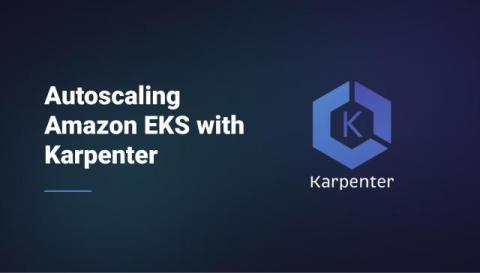Autoscaling Amazon EKS with Karpenter: A Step-by-Step Guide
Managing resource scaling in EKS clusters can quickly become complex, especially with fluctuating workloads. Traditional autoscaling solutions often require predefined configurations, which can lead to inefficiencies and unnecessary costs. This is where Karpenter comes in—a powerful, open-source project designed to dynamically manage and scale nodes in response to real-time application demands.










